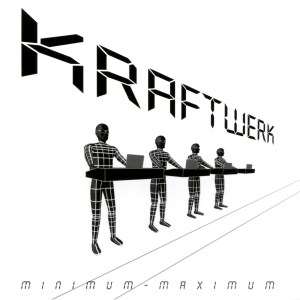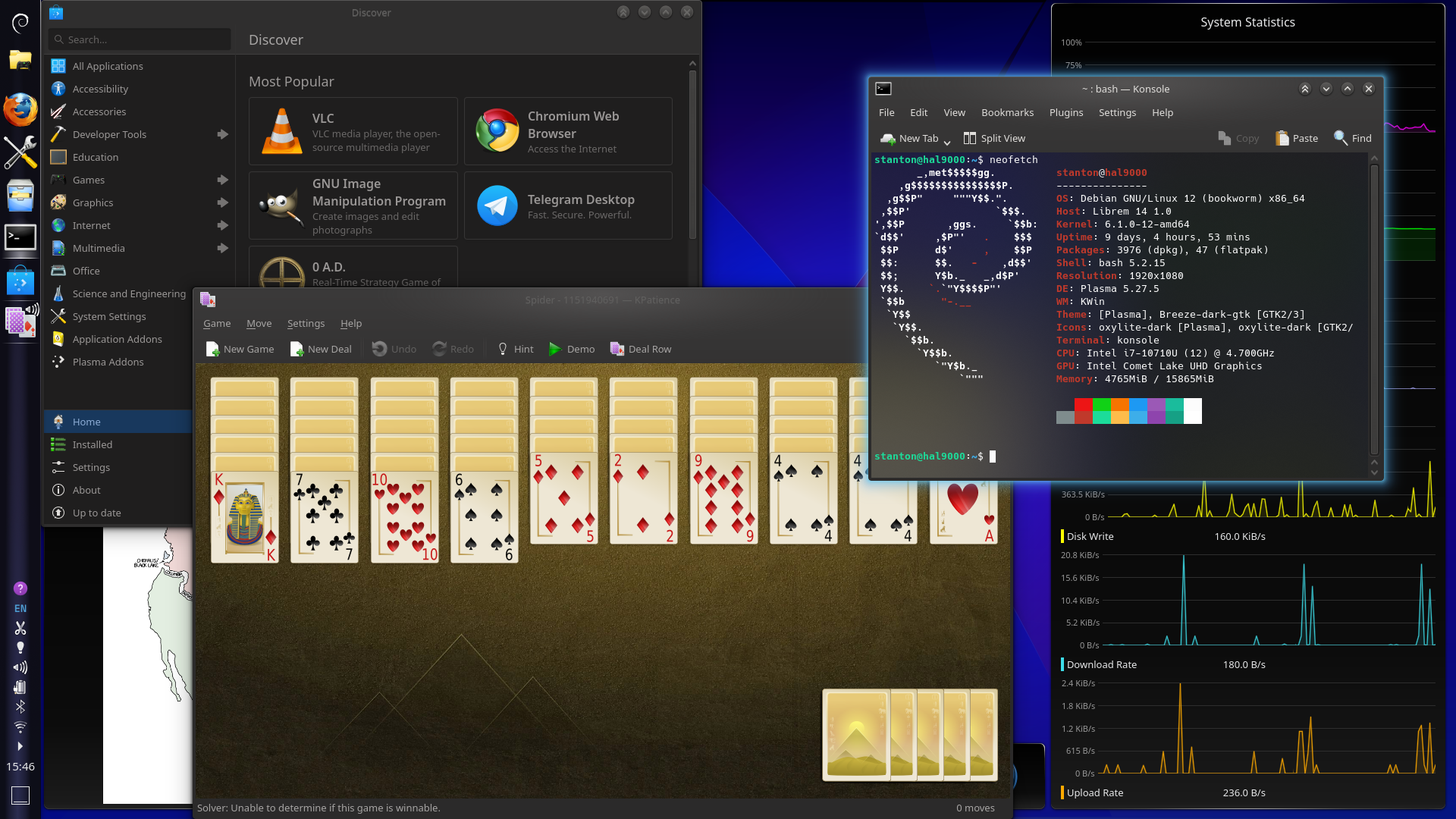

The major tradeoff with zRAM is that programs are much more likely to crash due to running out of memory, but will run faster when memory is running low and freezes are less likely. You can think of it as offloading the pressure that traditional swap puts onto your disk, onto the (much faster) CPU. There will be an impact on CPU usage, but not enough to cause noticeable slowdown; in my experience running Linux, the CPU is almost never the reason something is slow, and is only going to be under significant pressure if you’re running a 3D game in software rendering, compiling a large program, or another complex CPU-bound task.
I wouldn’t recommend making the switch unless you often encounter system freezes or slowness while running tasks that use a lot of RAM (like web browsing on certain sites, or gaming), but it will improve things in that case.



Yeah, 50% (ram / 2) seems about right.